some might imagine that the wildlife in Egypt is poor, because it doesn't have a dense vegetation environment, and there aren't any tree forests on its land, but the truth confirms that Egypt is one among the foremost rich countries within the world in its wildlife, where there are many kinds of wildlife in Egypt between animals, birds and aquatic organisms, thanks to the variety of temperate weather, leading to the presence of species unique to Egypt as a climatic region different from other regions.
Egypt is home is about 93 species of mammals, including six endemic species, also as thirteen species of whales, like whales and dolphins, and a species of sea bride within the Waters of the Egyptian Red Sea, and rodents form the most important group among small mammals, where Representing 32 species, varying in sizes from small mice, to a shim, which may be up to a meter long, there are 20 species of carnivores, including four species of foxes, one in every of which could be a small funk fox, and therefore the” Mustdaedae” family, which has groups Urban like "The Wedding” is widespread round the world.

As for birds, Egypt may be a cross-country region of 4 vital realms, situated on one among the world's major bird migration routes, and over 470 species are recorded in Egypt, including only 150 endemic species, and one species endemic to the sea, Norse Ajama, while Suez is one among the world's most significant shaved bird meets.
Reptiles and amphibians had a large presence within the Egyptian wildlife, where there are 106 species of reptiles and amphibians, including six endemic species, and another species, the Egyptian turtle, and reptiles.
The largest number is 49 species of lizards, led by the biggest species of apersina, and of the 36 species of snakes, including 9 poisonous snakes, and 9 other snakes have fangs back, but they're also poisonous, although they're less dangerous to humans, as they have a part of their victim to achieve the rear of their jaw to inject them with poison.
blue bird’s King
Purple water chicken, or as some call it the Sultan's chicken, a bird belonging to the breeding birds, and also the species of "Rallidae", this bird is characterized by its large pink feet, blue purple feathers, red beak, and therefore the blue spot on either side of the underside of the tail.
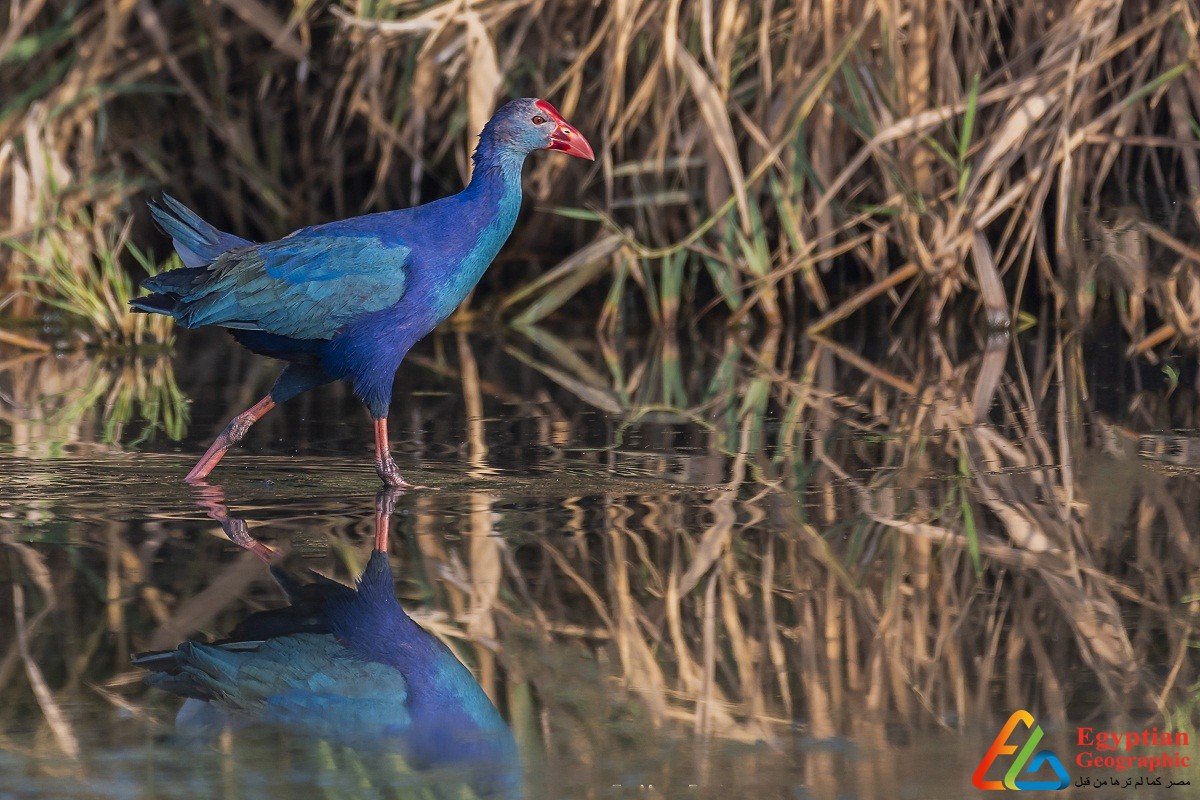
The purple chicken lives in nests that are built by some floating sticks on the surface of the water, and lays between 5 and 10 eggs per season, and feeds on plants, seeds, leaves, fruits, yet as feeding on insects, frogs, snails, spiders, earthworms, and fish.
Flaming desert dens
The "fortress" or red fox, one in every of the kinds of foxes that settle Egyptian deserts, medium size, where its length from the front of his nose to the tip of his tail 85 cm, the length of its tail 35 cm, and therefore the weight of about 3 kg, is therefore one amongst the biggest sorts of foxes scattered within the Arab region, the foremost common, and therefore the most distinguished by the power to measure in an exceedingly temperature of up to 80 degrees Celsius within the depth of the desert without water throughout July and August.

Foxes usually like better to board small communities, and in open areas, searching for prey at midnight, which doesn't move out of small animals, like mice, rabbits, birds, frogs and hedgehogs, additionally as can detect carcasses at a depth of 60 cm, where Bedouins mention that sometimes the dead are extracted from their graves within the desert, so it's called the hideout of the deserts.
flying bees Eater
One of the birds belonging to the Waruarian family, featuring green or turquoise greens, long tail feathers, and a rusty red wing underneath, is bordered by a dark rear edge.
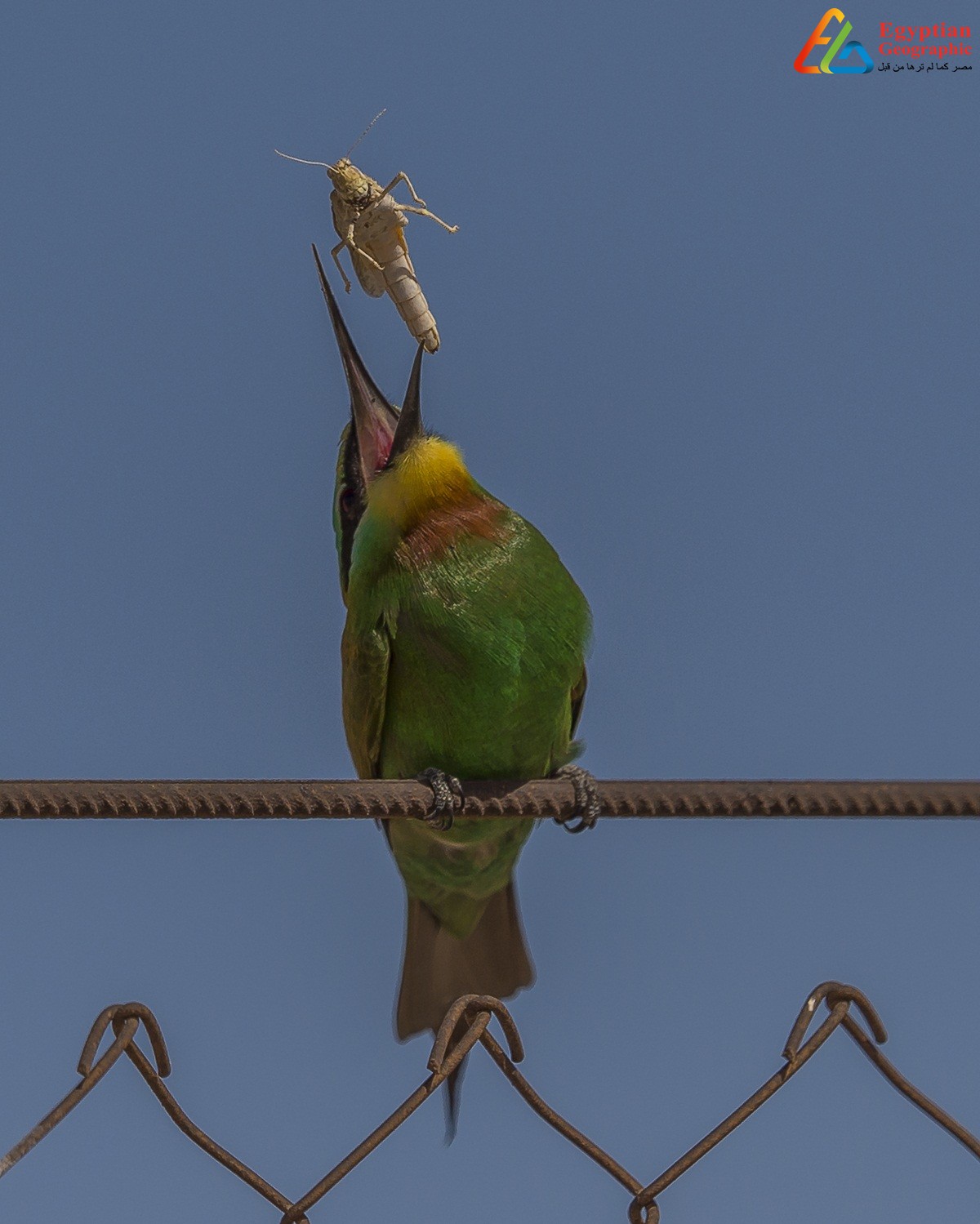
The warwar bird is taken into account one amongst the foremost hunted birds for insects, and hunts insects during its flight, so its bees are fed, so it's called a flying coraciiform bird, and nesting with burrows settled by mountains, because it is created by some nests with dry mud on the banks of rivers and farms.
Pied kingfisher
The speckled fisherman, a bird from the water-racking families, is spread ing everywhere Africa, similarly as South Asia, a resident bird that, but some seasonal movements, is known as after his great fishing skill, and has an insightful eye, and is capable of standing in one place while flying.
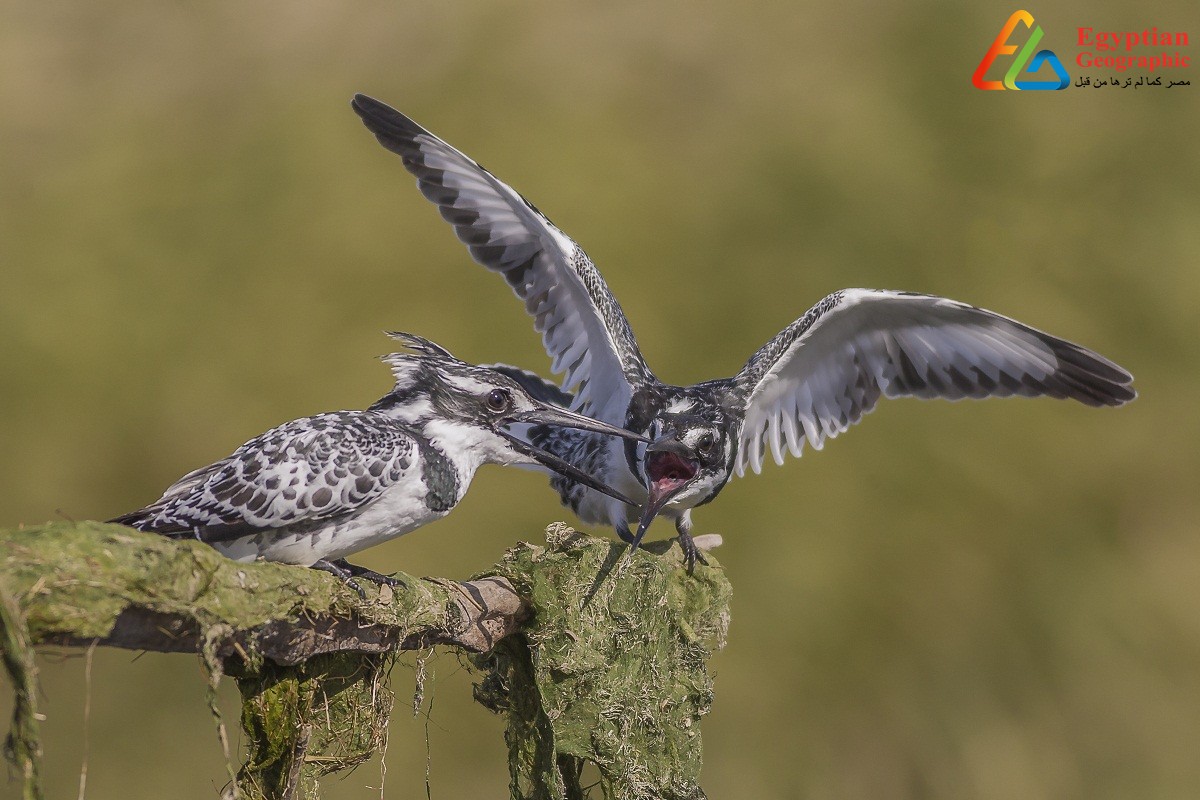
In the summer, the speckled fisherman breeds in burrows that he builds on the river cliff, can distinguish between males and females, where males have two black stripes on the pectoral area, while there's just one bar in females, preferring water, and has an advantageous way of fishing, it hovers several times round the water so falls as a weight to choose up its prey.
The last descendants of dinosaurs
Spiny-tailed lizards is one among the categories of thorny-tailed lizards, almost like crocodiles or dinosaurs when erected, endemic saline and also the Egyptian and Arab prairies, up to 85 cm long, depends in its food on the plant, because it rarely drinks water, there are people who emphasize the Usefulness of eating it, yet as drinking its blood.
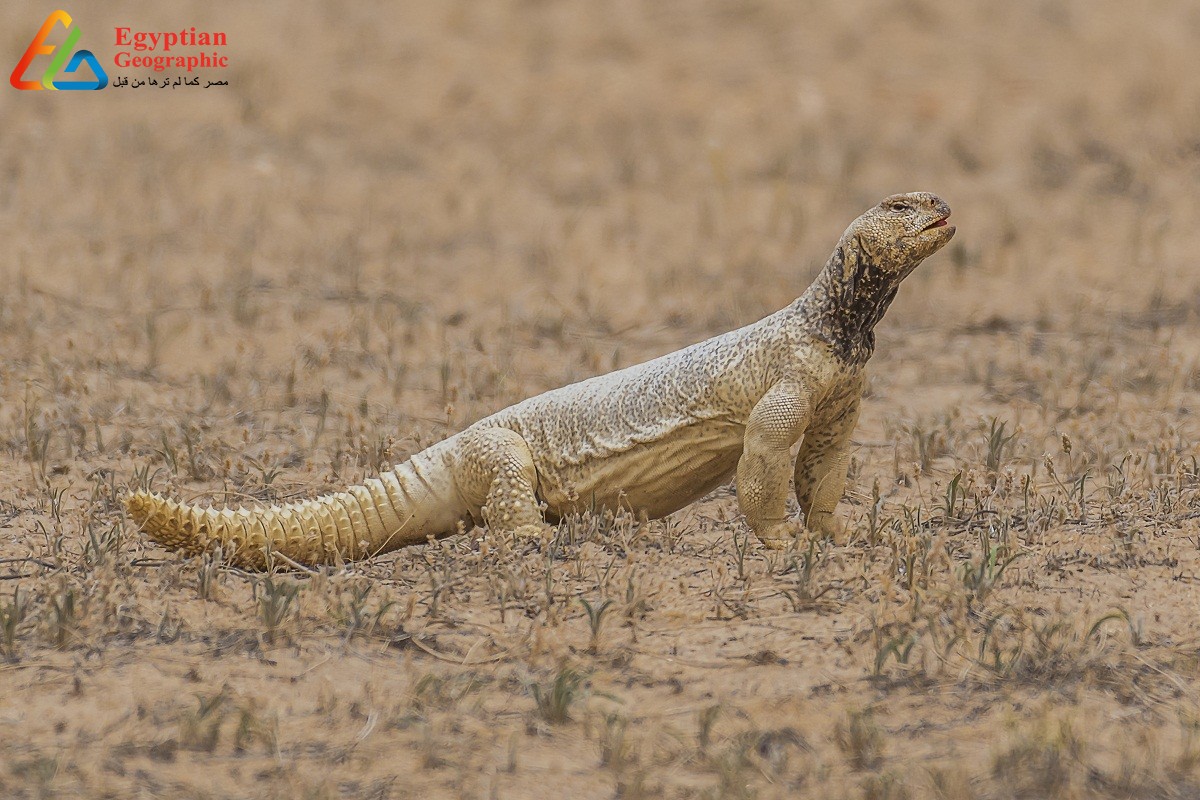
Spiny-tailed lizards digs his own hole and therefore the length of the burrow is about 1-2 meters, and sometimes the length of the burrow reaches about 4 meters, which varies its shapes and openings, some burrows are a communicate the left, others communicate the correct, and take the angle of the slope of the start of the burrow between 30-40 degrees, the openings also take the shape of a crescent moon topped with a volcanic earth pile, the depth of the burrow is about one and a half meters, the burrows are scattered within the open ground, or under the trunks of plants, and therefore the distance between those burrows is approximately 20-30 meters.
the snake eagles
The punishment of snakes, or constellation of life or the abu Sarara, are all names symbolizing that medium-sized bird, belonging to the bazookas, a white-belly, gray-headed, winged and yellow-eyed bird, which can be as large because the opening of the wings.
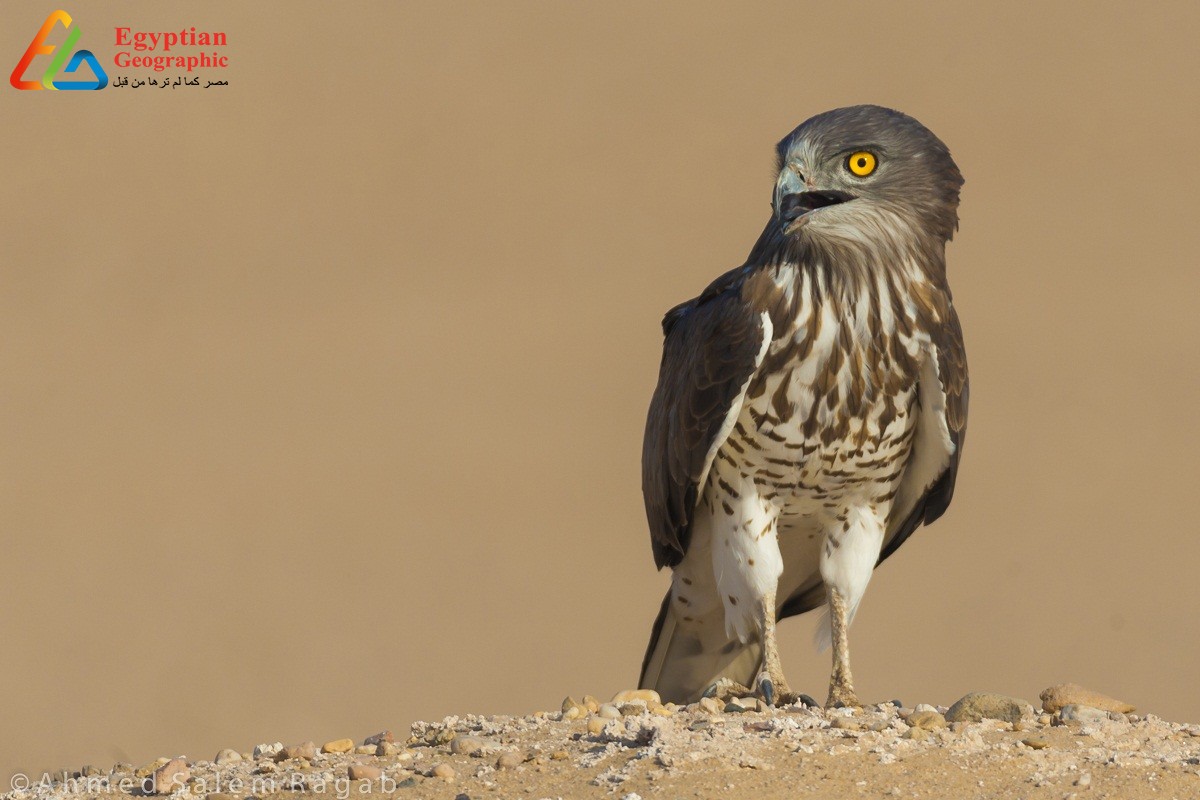
It is called snake punishment for its fame by hunting snakes, one in all the few birds that lays only 1 egg, and will age this punishment up to 17 years, flying over rocky areas and open plains in search of reptiles to kill them, yet as eating on small birds, frogs sometimes, and spending through its autumn migration within the areas of the pinnacle of the Arabian Gulf, Egypt and also the Levant and is taken into account a resident and hatchery a number of these places.
Sand Dunes Diver
The common sandfish or lizard intrigue, one amongst the species reptiles that follow the sukanqour family, a lizard characterized by bright yellow, dark spots on the perimeters of the body, giving it the form of the train, where it's known by this name in some areas, because it is characterized by the cylindrical body just like the remainder of the family, and also the smooth sheets enabling it to dive within the sand easily to disappear from enemies.

The sandfish lives within the dune areas and is active during the day because it is seen walking down the foothills of the dunes searching for its food of insects and worms around plants that grow within the depressions and between the dunes.




























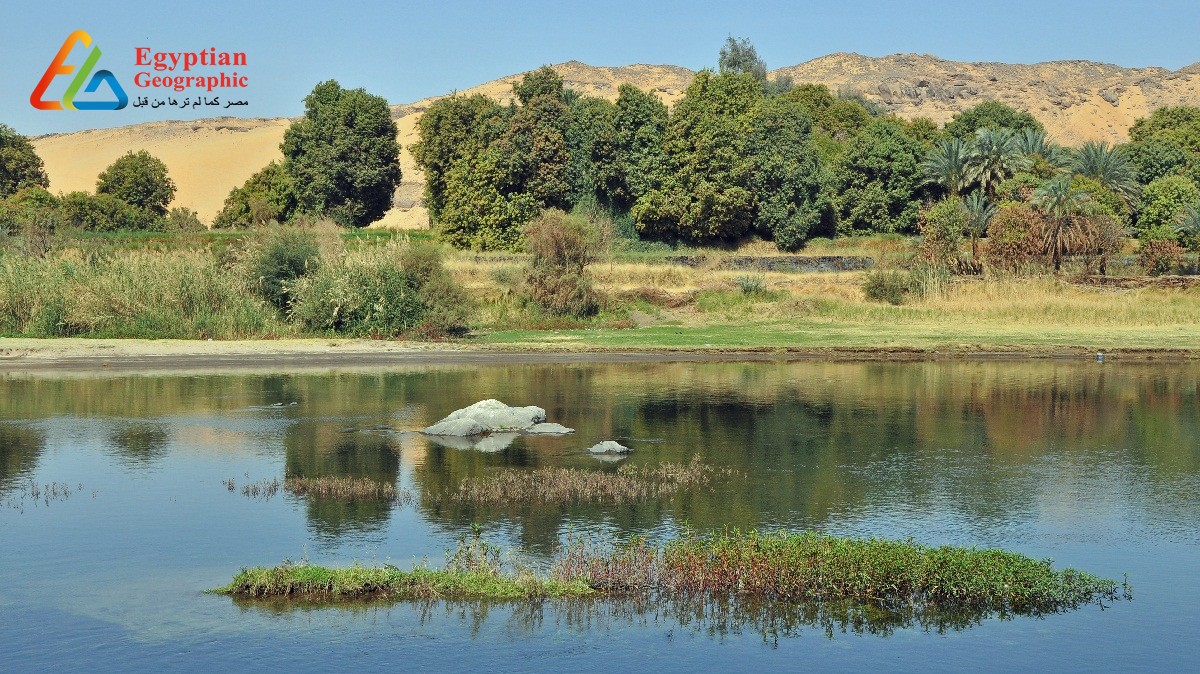









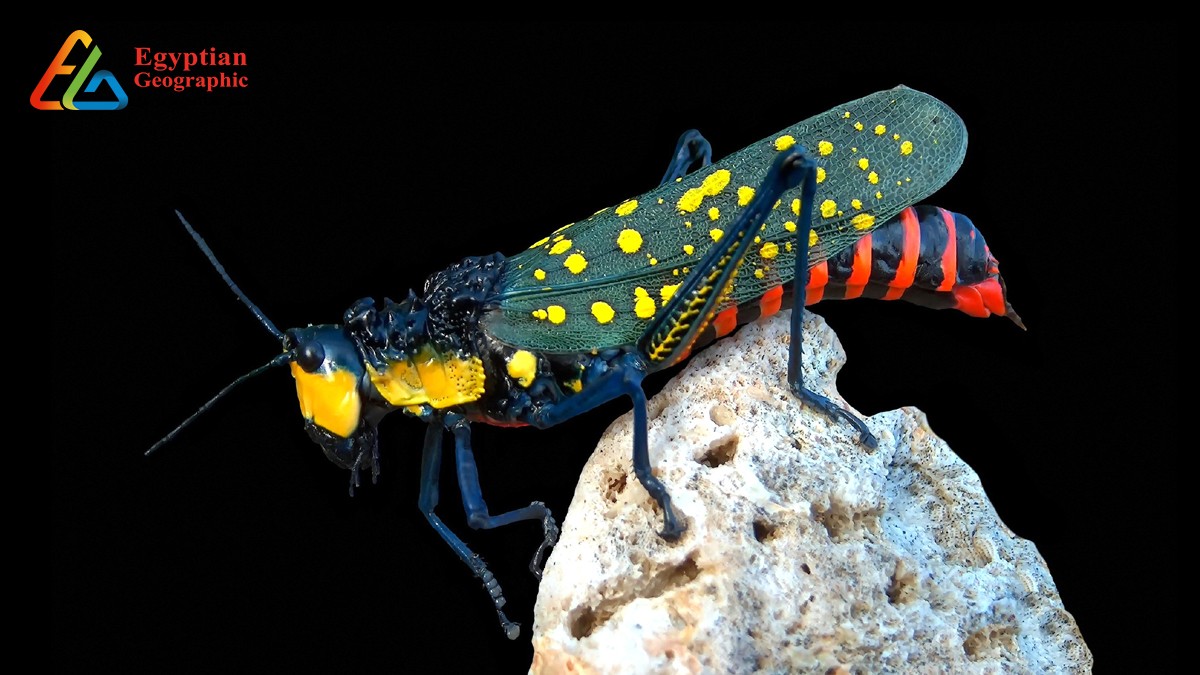

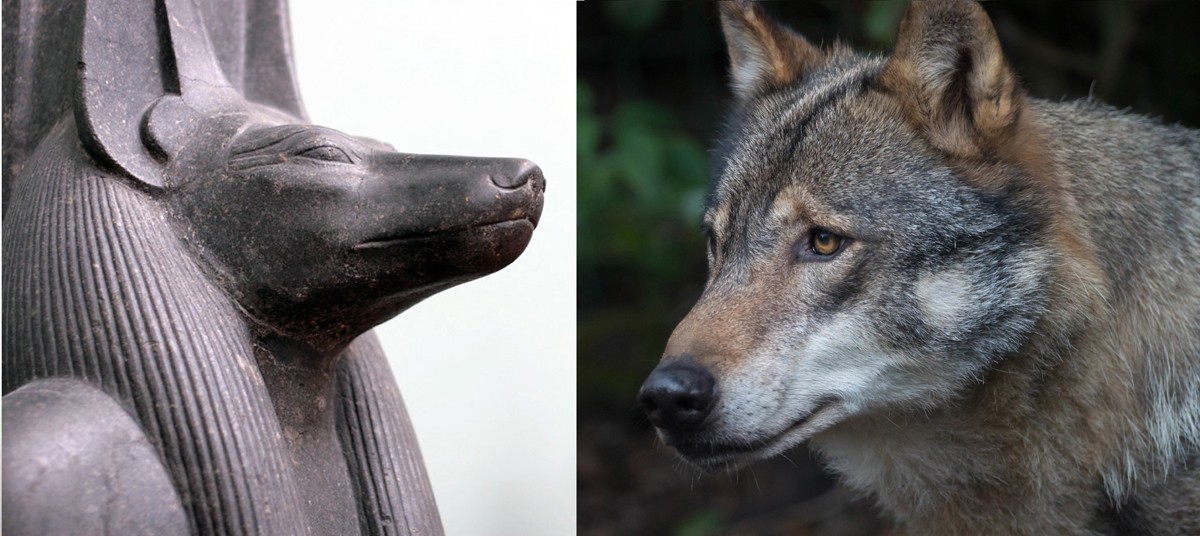


























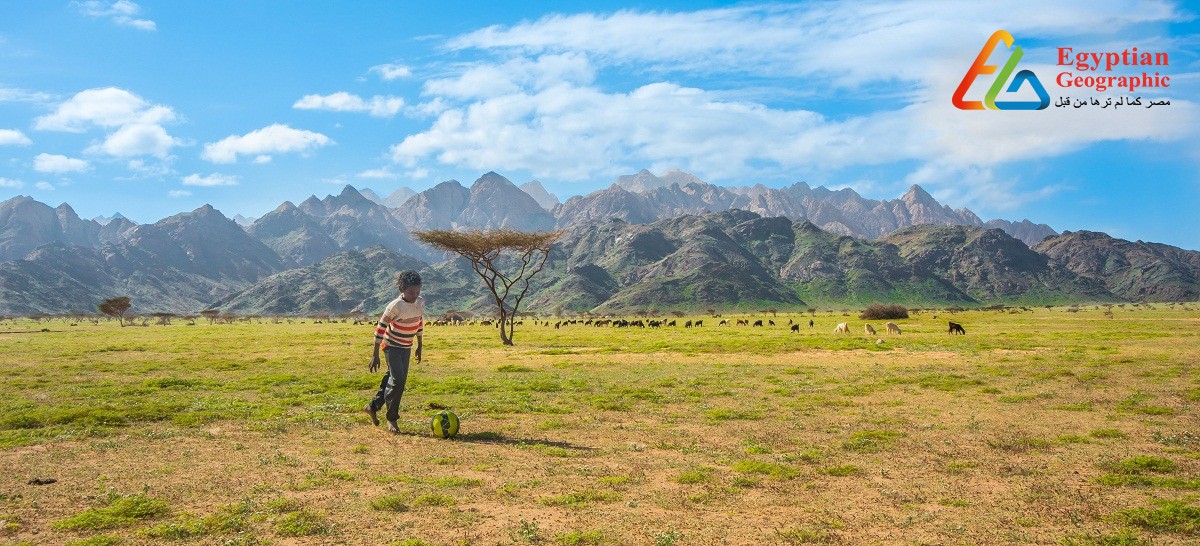
Egyptian Site & magazine